It’s time to put away the turkey and pull out the ornaments. Now that Thanksgiving is behind us we can focus on decking the halls and getting our tree up. We’ve gathered all the best tree decorating tips here with the help of Becca Roderick, director of One Kings Lane Interior Design.
Tree Tutorial
Before you can begin decorating, you have to pick a tree. Artificial trees have their advantages: They don’t have to be watered, they don’t shed, they’re less of a safety hazard. But for sheer aesthetics—and fragrance—they cannot compare with a “real” tree.
A variety of factors go into finding your ideal tree, including where you live and what your local Christmas tree stand carries. Although there are 35 specific types of trees bred for Christmas, Farmers’ Almanac suggests picking one of these five: balsam fir, Douglas fir, Fraser fir, Scotch pine, and Colorado blue spruce.

Balsam trees are the most fragrant but dry out quickly, so you need to be vigilant about watering them. Douglas firs can be wide and are great at taking up space in a large living room. Because their branches and needles are more brittle than those of other trees, however, it’s best to hang only lightweight ornaments from them. Fraser firs stand out because the silvery bottoms of their needles. Their thick branches and needles enable them to hold heavier ornaments, and they will last the longest of the natural trees, for an average of six weeks. Scotch pines are popular because they shed the least out of the group; the downside is that their needles and branches are especially sharp, so you’ll want to wear gloves while handling. The blue spruce also sheds less than its fir counterparts, but some people find its blue hue difficult to decorate around.
Light the Way
Putting the lights on the tree is probably the least fun part of the decorating process. To create a unique glow, use white lights and push them in toward the center of the tree. To add a bit of flair, go with a string of multicolored lights. Whatever style you pick, just remember to turn them off at the end of the day!
Ornament Order
Ornament placement can be a challenge. If you aren’t careful, you can end up with gaps and an uneven tree. “Always place ornaments on your tree from smallest to largest going top to bottom,” Becca says. “If you follow this approach, your ornaments will feel perfectly balanced.”
The back of the tree presents a unique challenge. “It’s okay to skimp, but don’t totally ignore it,” says Becca. “When you’re decorating, it feels like no one will see it, but you actually do catch glimpses of the back of the tree through the branches and from other angles in the room.” If you don’t have enough ornaments to fill out the back, Becca suggests compensating with as many lights as possible.
Finishing Touches
The lights are on and the ornaments hung, but you aren’t done yet. “It’s important to have something that acts as an anchor for the tree,” says Becca. She recommends using a tree skirt to cover the stand and pull the look together. Skirts range from loose burlap to baskets to traditional skirts made of luxe fabric. “It’s a great Christmas decoration to invest in because you can have the same tree skirt for many years.”
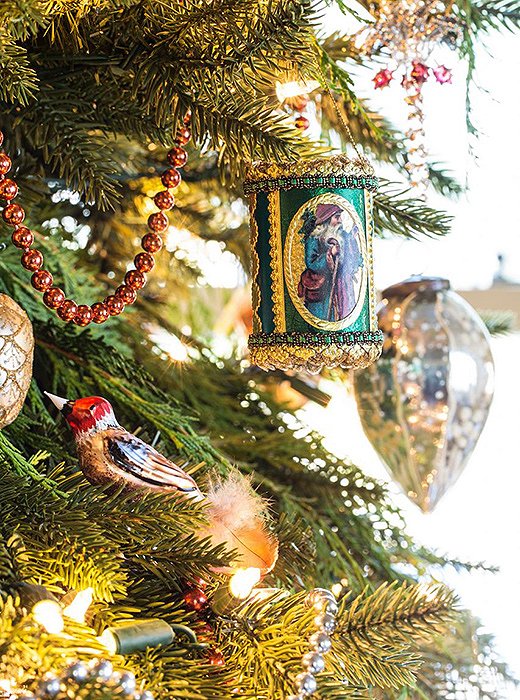
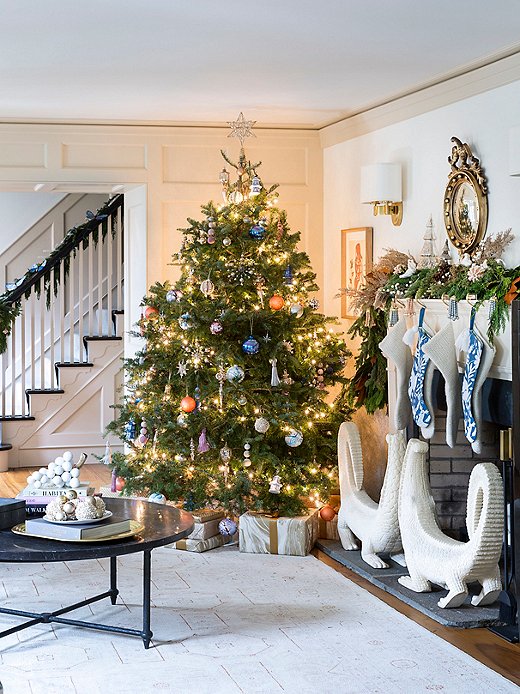
Becca’s Three Keys to the Perfect Tree
- Start with a lot of lights. “One of the things that makes Christmas trees so magical is that they sparkle, so a tree filled with lights is a must.”
- Mix it up. “I like to see a mix of vintage and new ornaments. This gives the tree a feeling of history and tradition—another essential element to the holiday season.”
- Pick a showstopping tree topper. “This is the one ornament that stands center stage, so make it the most special piece you can find!”
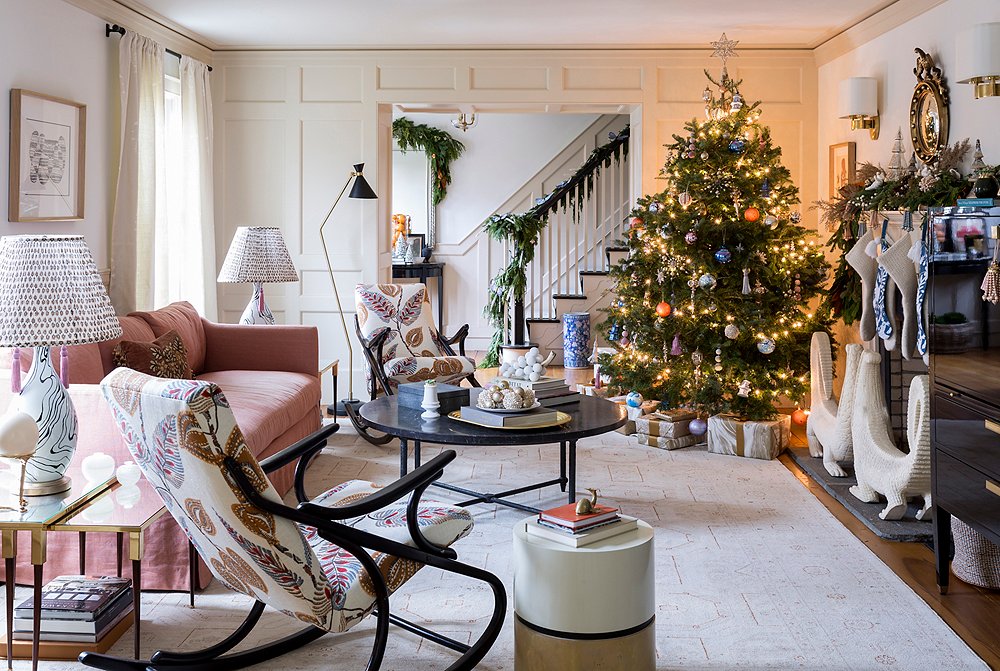
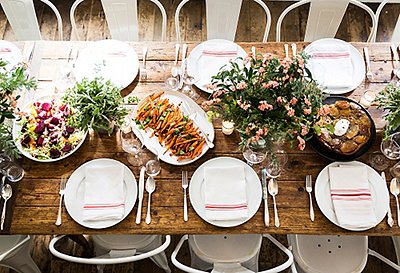
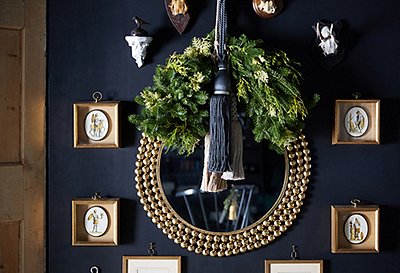
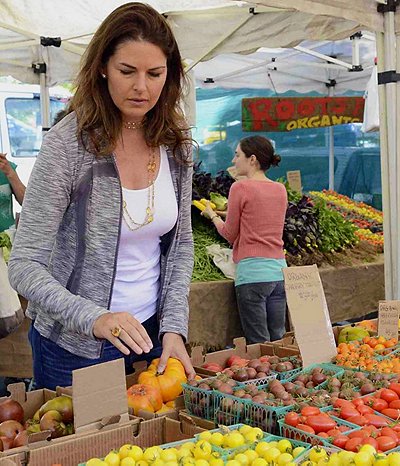
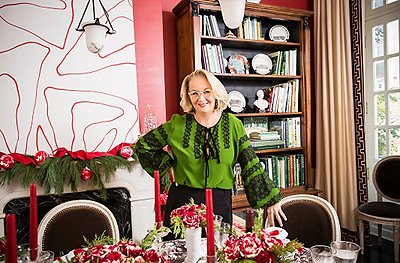
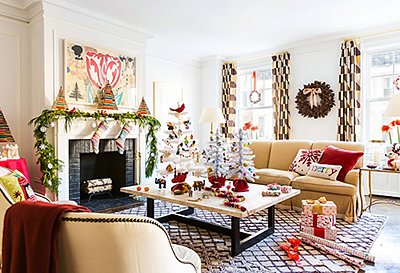
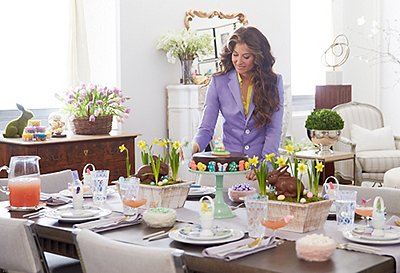
Join the Discussion